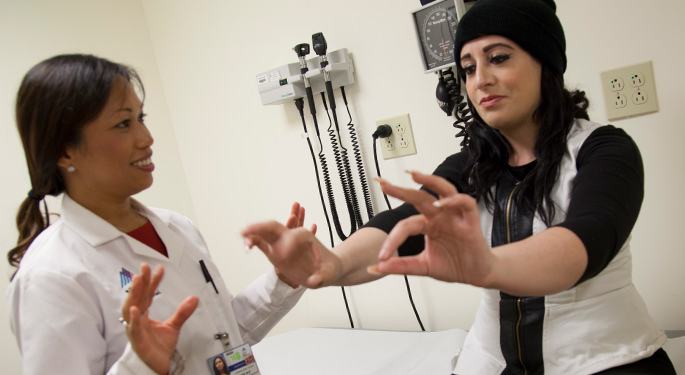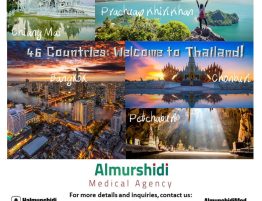
Dystonia is a neurological movement disorder syndrome in which sustained or repetitive muscle contractions result in twisting and repetitive movements or abnormal fixed positions.
The movements may resemble tremor. Dystonia is often intensified or exacerbated by physical activity, and symptoms may progress into adjacent muscles.
Types of Dystonia
Focal Dystonia – affecting one part of the body
Segmental Dystonia – affecting two or more parts of the body
General Dystonia – affecting all parts of the body
The muscle spasms can range from mild to severe. They may be painful, and they can interfere with a person’s day-to-day tasks.
Symptoms
Dystonia symptoms may vary from person to person. Muscle contractions might:
- Occur during a specific action, such as handwriting
- Worsen with stress, fatigue or anxiety
- Begin in a single area, such as the leg, neck or arm. Focal dystonia that begins after the age 21 usually starts in the neck, arm or face and tends to remain focal or segmental.
- Become more noticeable over time
Area of the body that can be affected include:
- Eyelids – rapid blinking or involuntary spasms cause the eyes to close (blepharospasms) and make it difficult for the person to see
- Neck (cervical dystonia) – contractions cause the head to twist and turn to one side, or pull forward or backward, sometimes causing pain
- Voice box and vocal cords (spasmodic dystonia) – a person might have a tight or whispering voice
- Hand and forearm – some types of dystonia occur only while a person does a repetitive activity, such as writing or playing a specific musical instrument
- Jaw or tongue (oromandibular dystonia) – a person might experience slurred speech, drooling, and difficulty chewing or swallowing.
Causes
Acquired dystonia is caused by damage to the basal ganglia. The damage could be the result of:
- Brain trauma
- Stroke
- Tumor
- Oxygen deprivation
- Infection
- Drug reactions
- Poisoning caused by lead or carbon monoxide
- Birth injury
- Parkinson’s disease
- Wilson’s disease
- Huntington’s disease
Diagnosis
To determine if underlying conditions are causing the symptoms, the doctor might recommend:
- Blood or urine tests
- MRI or CT scan
- Electromyography (EMG)
- Genetic testing
Treatment
There is no cure for dystonia. But medications can improve symptoms. Surgery is sometimes used to disable o regulage nerves or certain brain regions in people with severe dystonia.
Medications – Injections of botulinum toxin (Botox, Dysport, others) into specific muscles might reduce or eliminate your muscle contractions and improve your abnormal postures. Injections are usually repeated every three to four months.
Therapy – the doctor might suggest:
- Physical therapy or occupational therapy or both to help ease symptoms and improve function
- Speech therapy if dystonia affects your voice
- Stretching or massage to ease muscle pain
Surgery
Deep brain stimulation – Electrodes are surgically implanted into a specific part of your brain and connected to a generator implanted in your chest. The generator sends electrical pulses to your brain that might help control your muscle contractions.
Selective Denervation Surgery – This procedure, which involves cutting the nerves that control muscle spasms, might be an option to treat some types of dystonia that haven’t been successfully treated using other therapies.
What We Offer
We at Almurshidi Medical Tourism will find the best doctors to cater to your needs. We are partnered with a wide network of hospitals and clinics that provide top quality medical experience.
We provide free medical estimates, make medical appointments, and provide several medical opinions if needed at no cost.
Contact Us
For more information contact us at +66822004040 or via WhatsApp





